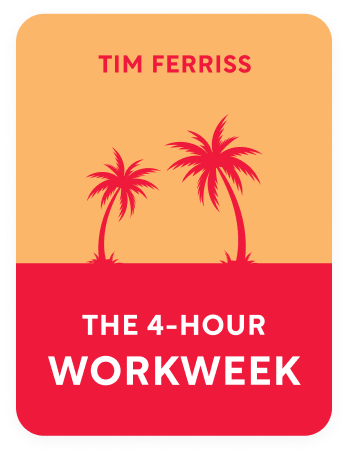

This article is an excerpt from the Shortform book guide to "The 4-Hour Workweek" by Tim Ferriss. Shortform has the world's best summaries and analyses of books you should be reading.
Like this article? Sign up for a free trial here .
Do you think you have good product ideas? Do you want to know how to evaluate a product?
Many people think they have good product ideas. But you have to honestly evaluate your product before taking the next steps to bring it to market and try to make a business out of it.
Read more about good product ideas and how to evaluate a product for its potential success.
Are All Good Product Ideas Going to Be Successful?
The short answer is no. Now matter how good your product ideas are, you’re going to need to evaluate them to see how they will do in the marketplace. Your product must meet the following criteria:
- You must be able to explain the point of your product in a single sentence.
- For example, Apple didn’t describe the iPod with a list of specs; instead, they said you could have “1,000 songs in your pocket.” This helps good product ideas make sense to customers, too.
- You must be able to answer all potential questions about the product with an online FAQ. This cuts down or even eliminates customer questions.
- For example, the author doesn’t recommend ingestibles as a product even though he was successful with them because there are too many unique questions associated with them.
- The retail price should be between $50-200. This has many benefits:
- Most companies set their prices at the midrange, and remember that midrange is where you’ll find the most competition.
- If you price low, someone else will be willing to price lower.
- A higher price will make people think the product is more valuable.
- A higher price means you don’t have to sell as many units to make money. The fewer units you sell, the fewer customers you have, and then you don’t have a huge group of people you’re spending time on.
- Customers that buy more expensive products tend to be lower-maintenance—you won’t have to deal with problems like declined credit cards or returns. Good product ideas can include perks like this.
- When your product is more expensive, your profit margin is higher. The author recommends an 8-10 times markup instead of the conventional 5 times. A higher markup helps ensure you’ll still have a good margin once you get distributors and resellers involved, because you’ll have to give them a discount. If you don’t plan for this, you’ll have to later make a new or better version of the product to justify raising the price.
- Downside: if you price too high, people will need to talk to you before deciding that they want to buy the product
- It must take less than a month to manufacture the product, and one to two weeks is ideal. Good product ideas keep costs low and lets you quickly adjust to demand. To figure out how long something takes to make, get in touch with contract manufacturers and ask for a rate card for unit costs of a variety of order sizes. If you have trouble finding contract manufacturers:
- Get in touch with a related manufacturer and ask if they can refer you. For example, if you want a sink cleaner manufacturer, you could ask a sink manufacturer if they know anyone.
- Search for associations and organizations related to your product and ask them for referrals.
- Check advertising in trade magazines—you’ll not only potentially find contract manufacturers, you might also find other services you’ll need later.
- Make sure your manufacturers can meet deadlines. This is more important than getting a product perfect.
Shortform Examples of Good Product Ideas
Shortform Extended Example—Edgar: Edgar is the architect who wants to resell hats made in Amsterdam. He prices the hats at $50 each. His start-up costs are buying the hats wholesale and shipping, which is about $15 a hat. This isn’t the ideal markup, but he decides to go ahead with it.
Shortform Extended Example—Devi: Devi is the fitness instructor who wants to sell a dragon boating workout. She chooses to format her product as two DVDs and a manual. She prices the package at $100. Her start-up costs will include making the DVD and getting it duplicated.

———End of Preview———
Like what you just read? Read the rest of the world's best book summary and analysis of Tim Ferriss's "The 4-Hour Workweek" at Shortform .
Here's what you'll find in our full The 4-Hour Workweek summary :
- The 4-step process to live a "retired" lifestyle now
- Find out if you're wasting the best years of your life working a 9-5
- How to create a business that makes you money without sucking up your time






